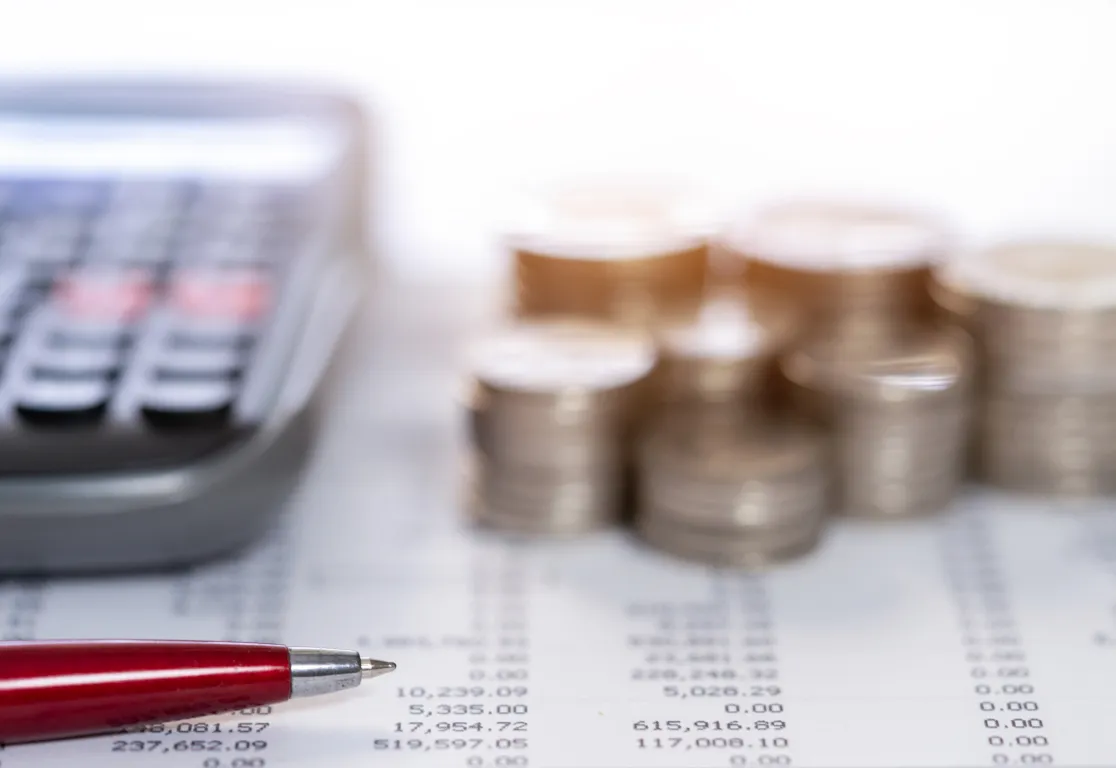Interestingly, however, banks in the United States, as well as some European institutions, have been able to buck the trend and reach reasonable valuations. Our study seeks to establish whether there are certain drivers or market trends that explain this variation. Armed with this knowledge, bank leaders could potentially manage their institution’s valuation in a more systematic way.
Global 100 study of bank market valuation: methods and key conclusions
Our approach was to analyze the relationship between the P/B ratio of the 100 largest global banks and a number of specific variables. We also took into account boom and bust periods and whether the banks were in developed or emerging markets.
The first step in our study was to use traditional panel data statistics. The selected variables, based on current academic research as well as our own expertise, comprise several banking key performance indicators (KPIs) in addition to macroeconomic and market indicators from 2003 to 2020. The KPIs include return on equity (ROE), return on assets (ROA) and on risk-weighted assets (RORWA), cost-income ratio (CIR), non-performing loan (NPL) ratio, leverage, growth in total assets or revenues, and risk-weighted assets (RWA) density. The macroeconomic variables include GDP growth in the relevant country, GDP per capita, number of banks per country (as a proxy for the banks’ competitive environment) or inflation (as a proxy for interest rate movements).
Some notable initial conclusions emerged from these traditional regression models. Although the results differed according to the individual periods, certain fundamental banking KPIs – ROA, NPL ratio and RWA density – were particularly significant determinants of banks’ P/B ratios over time. However, the picture was far from uniform. Other variables became more relevant when certain economic conditions prevailed. ROE or leverage helped to explain bank valuations in a boom cycle (2003-2006), while a Tier 1 ratio played a more consequential role during a crisis period (2007-2013), and total asset growth was a useful indicator in the recent post-crisis period (2014-2020). Another finding was that the usefulness of our model increased over time. The model can explain only 22% of the total variation in P/B ratios for the 2003-2006 period, but 43% for 2007 to 2013, and nearly 60% for 2014 to 2020.
Regional differences were also apparent. In our study, we focused primarily on banks from developed countries. For the emerging market banks in our sample, certain factors, such as ROE and real GDP per capita, assume a more decisive role. Despite leading us to invaluable conclusions, there are also some disadvantages to the traditional regression models we used in the first instance. Calibrating such models is time-consuming, involves a degree of subjectivity and requires several robustness checks to test the validity of statements.
As a second step therefore, we used state-of-the-art supervised machine learning techniques in an attempt to overcome some of these drawbacks, while at the same time searching for any further explanations of bank valuation that had yet to be brought to light. This method confirmed some of our initial results. Over time and across regions, the ROA, the NPL ratio and the ROE were consistently strong predictors of banks’ P/B ratios. Meanwhile, inflation and real GDP growth were generally the most important macroeconomic variables.
However, this machine learning step also revealed other variables, such as RORWA, CIR, Tier 1 ratio, total asset growth or liquidity (taking into account deposits, long-term funding and equity to total assets) to be relatively important factors, although only for certain periods and/or different regions. For example, total asset growth and RORWA went some way to explaining P/B ratios during the crisis and post-crisis periods, but were not relevant for the 2003-2006 boom period. The Tier 1 ratio was also shown to be relatively salient during the crisis period, while liquidity grew in importance during the post-crisis period.
We used the same bank KPIs and economic variables to derive sample predictions of the P/B ratio and test the validity of the machine learning exercise. The results were striking, with a predictive accuracy on average of between 80% to 90%, clearly demonstrating the effectiveness of the machine-learning approach.










